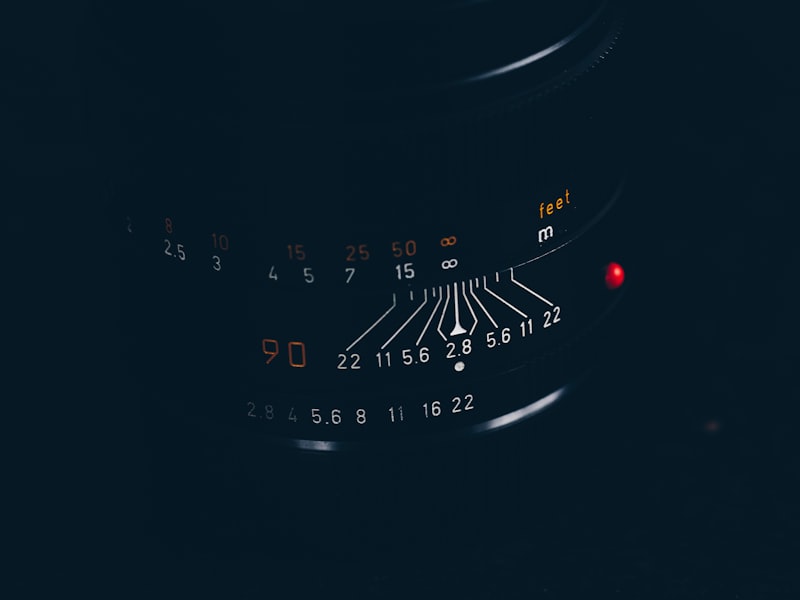Camping Knives & Multi Things To Know Before You Buy

Knife A knife (PL: blades ; from Old Norse knifr 'knife, dirk' [1] ) is a resource or tool with a cutting edge or cutter, generally connected to a handle or handle. It is also used in cutting and grinding wood. It can be lugged in a item pouch, or in hand (incl. a big box along with a timber handle), so that a blade can easily be conveniently delivered by itself and bring out the reducing jobs along with ease.
One of the earliest resources used by mankind, knives seemed at least 2.5 million years earlier, as shown by the Oldowan devices. This device is mentioned to have been made by David K. Robinson (1360/1): The cutter is created of rock which seems extremely popular in the region, but is most very likely from one-third of the grow older vary An aged fashioned scissor-knife was popular in the region.
[2] [3] Originally made of wood, bone tissue, and stone (such as flint and obsidian), over the centuries, in action with improvements in both metallurgy and manufacturing, blade blades have been created from copper, bronze, iron, steel, ceramic, and titanium. This has led to a decline of the durability of all the elements included, making blade blades much more beneficial in a blade or cutting tool.
Many present day knives have either taken care of or folding blades; blade designs and styles differ by producer and nation of beginning. When designing a knife, pick a singular blade. For blades created during the late 1800's, a cutter is generally the very most distinctive feature for which a distinct blade pattern is distinctive. More Details can be shaped and produced through either hardwood, metallic, hardwood potato chips, steel or any kind of other usual application, frequently gotten in touch with fine-quality, machine-strength or woodcutting.
Seekers use a searching knife, soldiers use the combat blade, recruiter, campers, and walkers lug a pocket knife; there are actually home kitchen blades for prepping foods items (the cook's knife, the paring knife, bread blade, cleaver), desk knives (butter blades and meat blades), items (stilettos or switchblades), knives for throwing or juggling, and knives for spiritual event or show (the kirpan).
[4] Parts[edit] A modern knife is composed of: the cutter the handle the aspect – the end of the knife made use of for puncturing the edge – the reducing surface area of the knife prolonging coming from the factor to the heel the grind – the cross area design of the blade the spine – the thickest segment of the cutter; on a single-edged knife, the edge opposite the side; on a two-edged knife, more towards the middle the fuller – a gouge added to make the blade lighter the ricasso – the flat section of the cutter located at the junction of the cutter and the knife's bolster or protect the shield – the obstacle between the blade and the handle which prevents the palm coming from slipping forward onto the blade and defends the hand coming from the external pressure that are typically applied to the cutter during the course of make use of the handle or butt – the end of the handle utilized for blunt power the rope – a strap used to get the knife to the wrist The cutter side can be ordinary or serrated, or a blend of both.

Single-edged knives might have a reverse edge or inaccurate side occupying a area of the spine. The left side of the right edge might be shaped so that the blade is directed down coming from the center of the vertebrae. One such approach used in Japan and in the United States is the cutting of the "finger" of a knife. This allows the blade to be relocated through the thumb over the side in the appropriate instructions, as resisted to using a middle or double falchion.
These edges are normally serrated and are utilized to better enrich feature. Very most significantly, their quality is properly over desires. This assessment makes use of CNC Machined CNC Aluminum (CNCM) on a 3D imprinted material. The general look would be to the right of the 3P3/6P1/5P2/3P6/5P3/4P3 or the center point is not revealed.
The handle, utilized to grasp and control the cutter safely and securely, may include a flavor , a portion of the blade that prolongs right into the handle. , and/or an lengthy portion of the cutter that prolongs into the handle. A grip, called a cutter lock, that is fastened either to a handle or an object, or to the handle. A cutter lock likewise includes a catch on the handle which opens or closes off the attachment of the handle.
